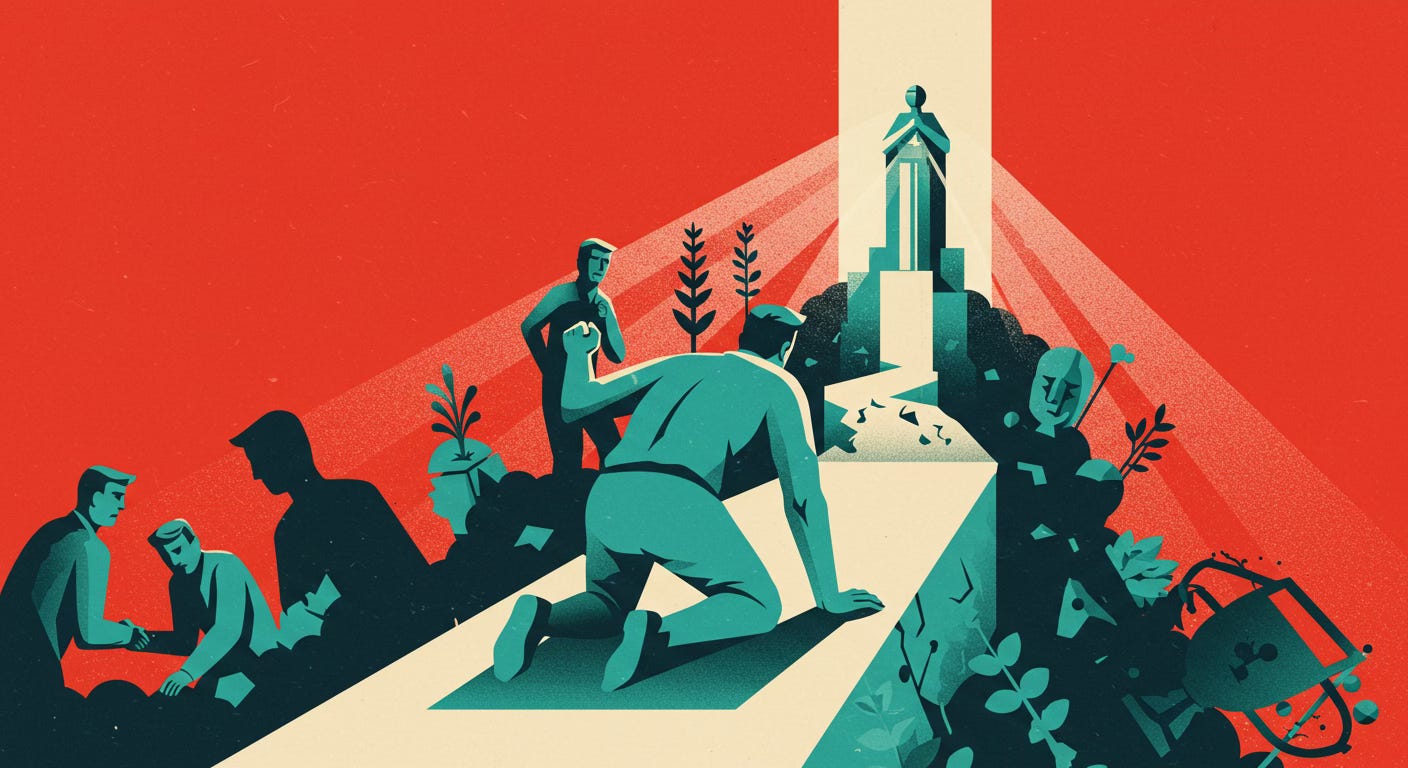Success is celebrated with enthusiasm, often amplified through ceremonies, accolades, and social recognition. It becomes a symbol not only of external achievement but of inner validation. In a world increasingly driven by metrics and visibility, success is portrayed as the ultimate goal—the final confirmation that one is on the right path. Yet, paradoxically, the very glow of success can become a shadow that obscures the road ahead. The illusion it creates is seductive: that the effort which bore fruit once will continue to do so effortlessly. But success, when not anchored in humility and reflection, breeds vanity. It tempts the achiever to believe in their infallibility, and in doing so, sets the stage for future failure.
Indeed, one of the most dangerous outcomes of success is the erosion of the very diligence and adaptability that enabled it in the first place. When a person—or an institution—becomes enamored with past victories, they often begin to neglect the precise, deliberate, and strenuous work that led them there. The result is a loss of tension, a softening of the discipline, and a tendency to repeat patterns without critical thought. Success fossilizes into habit, and what was once innovation becomes ritual. This is how success begins to degenerate into failure—not abruptly, but through an almost imperceptible decay of purpose and vigilance.
In contrast, failure—often feared, shunned, and quietly buried—is in fact one of life’s most powerful teachers. Its sting is real, but so is its value. Failure removes illusion. It demands a reckoning, a confrontation with reality that success rarely compels. While success may seduce the ego into complacency, failure calls the ego into question. It compels humility, which is the first step toward wisdom. When we fail, we are returned to the drawing board—not as punishment, but as invitation: to reconsider, to reevaluate, and to rebuild.
This rebuilding process, if embraced, is often the birthplace of resilience. Consider the trajectory of figures like Steve Jobs, who after being ousted from Apple, could have retreated into bitterness. Instead, he founded NeXT and invested in Pixar, both of which played pivotal roles in shaping the second, more mature phase of his leadership at Apple. His success post-failure was not in spite of the setback, but because of what the failure forced him to learn: about people, vision, timing, and the limits of charisma without strategic alignment.
Failure, in its essence, interrupts inertia. It is the shock that awakens the will. When taken seriously, it leads to a discipline of self-critique, a rare and constructive form of mental honesty. In the quiet aftermath of failure, one can see more clearly: where pride clouded judgment, where assumptions replaced analysis, where short-term gain eclipsed long-term wisdom. This clarity is invaluable—it resets not just a strategy, but often the character of the person executing it.
Conversely, the inertia of success tends to dull this edge. The more one succeeds, the more they are surrounded by affirmation, often to the point of insulation. Friends, colleagues, and even competitors may hesitate to offer honest feedback. This echo chamber of approval can nurture a form of delusion: that one’s success is self-sustaining, rather than the fragile product of countless variables, most of which lie outside of personal control. Such delusion is the seed of downfall.
It is no coincidence that many of the world’s most enduring leaders, artists, and thinkers have experienced at least one major failure that preceded a defining achievement. These moments of collapse are not mere biographical footnotes; they are crucibles. They strip away the extraneous and reveal what is essential. In them, the ego is confronted by limits, and from that confrontation emerges a form of grounded clarity—an authenticity that cannot be faked and is often absent from those who have known only success.
To live wisely is to hold both success and failure in tension—to accept the former with gratitude and caution, and to receive the latter with courage and curiosity. Success must be seen not as a destination, but as a temporary state that demands renewal through effort. Failure, likewise, should not be taken as a verdict, but as a challenge: to grow deeper, aim smarter, and live more intentionally. Both are part of the same continuum—neither final, both formative.
Take the example of Serena Williams, who, after early dominance in tennis, faced injuries and personal setbacks that many thought would end her career. But those low points became moments of reflection and adaptation. Her subsequent comebacks were not fueled by the momentum of success, but by the resolve born in adversity. Her story illustrates that what we admire as greatness is often forged in precisely the crucible that failure provides.
In the end, success and failure are not opposing forces but complementary truths. Success without the shadow of failure becomes brittle; failure without the possibility of success becomes despair. But together, they form a rhythm of learning and unlearning, of rising and falling and rising again—each phase making the next not only possible, but meaningful. As the old saying goes, “Success is a lousy teacher.” In contrast, failure, though harsh, is often the one that finally teaches us how to succeed not just once, but well, and sustainably.

